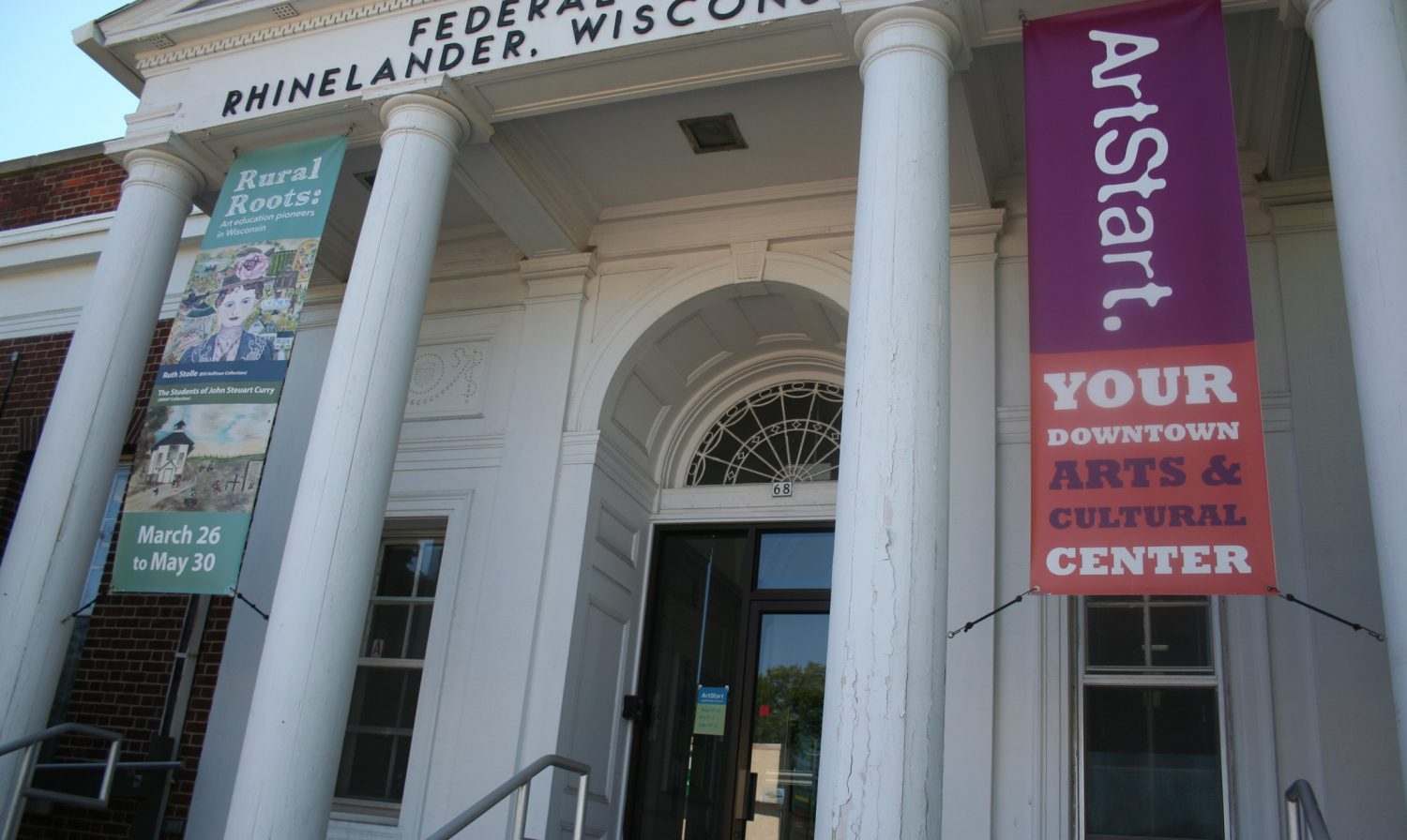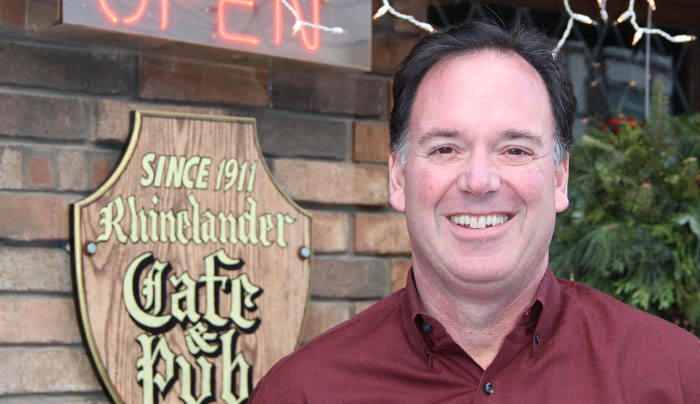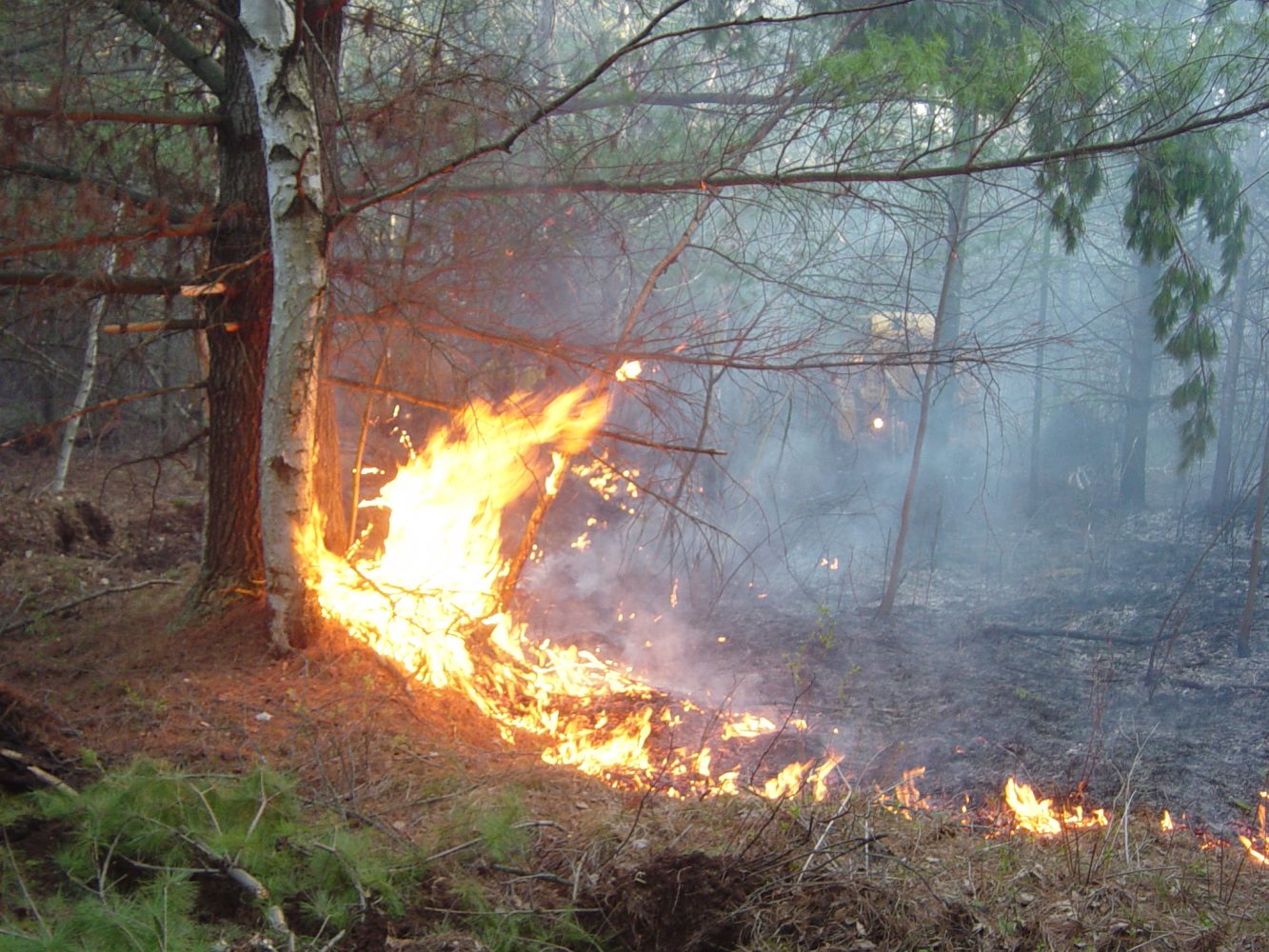What role do the arts play in the post-recession economy?

By Melinda Childs
Development Director, ArtStart
ArtStart is preparing to celebrate its five year anniversary in 2016, at the same time that University of Wisconsin Continuing Studies announced the discontinuation of the 50+ year institution of the School of the Arts at Rhinelander. These events have me thinking about the past, the present and what the future might hold, not just for ArtStart but for all of us where the arts are concerned. As a board member of Arts Wisconsin I am learning more and more about the economic conditions in our state and how they impact the arts.
Arts Wisconsin Executive Director, Anne Katz, maintains that we are no longer in a recession, but we are in a new economy. According to Katz’s research, economic trends are cyclical. Think back to how workplace innovations have impacted our economies and you can identify these cycles;the industrial revolution and Silicon Valley, for example. Katz argues that our next economic phase’s trademarks will be creative industries and a knowledge-based creative economy. This will manifest itself in a kind of entrepreneurship that re-imagines work as not just the creation of the new products and services themselves, but as the process of how we think about and create those products and services.
Another factor that has an impact on the new economy is that younger people are thinking more holistically about their lives. They are focusing on work-life balance and how to create a lifestyle that serves their needs in this area. In many young families both parents are in the workforce. The middle class is dwindling, and there is less and less opportunity for younger generations to make the same wages their parents made, much less exceed those wages. Many are thinking, “How can I live a fuller life now, especially since I will likely be working later in life and having to get by with less?”
What these young professionals and their families are doing about this is learning how to prioritize their needs and be resourceful. Most importantly, they are thinking outside the box about how to stretch their resources and reinvent the way things are done at home, at work, and in their communities. While it is true that every generation has had to adapt to the times they have lived in, the time we now live in is a particularly challenging one. On the one hand we are seeing unprecedented growth in technology that makes our world smaller and more accessible and on the other hand we see that our economy is in a perilous state. This generation is faced with the juxtaposition of incredible opportunity and access brought about by these technologies while constantly living with debt (from student loans to the national deficit), inequality, and dwindling resources.
All of this is happening in our local communities, as well: doing a lot with a little and incredible opportunity coupled with limited resources. Good examples are the creation of an arts and cultural center like ArtStart from the ground up without a major benefactor to foot the start-up bill and the Heal Creek Project, a partnership of the public and private sectors with the purpose of acquiring land and utilizing people power to build trails that benefit our economy. Sustaining community anchors like Nicolet College, WXPR Public Radio, and the Northwoods YMCA are the glue that holds our community together in an economy where health and wellness and information and culture are the mainstays of a well-rounded lifestyle.
And let’s not forget about those initiatives to improve our local economy that are being worked on as I write, such as the effort to bring broadband infrastructure to the area and those organizations working to raise our median family income. Also, kudos to those who work to ensure that those citizens hit hardest by a faltering economy are fed and housed. Together, all these initiatives are part of moving our community forward. Sweat equity and hitting the streets are emblematic of moving and shaking in this new economy of ours.
It seems to be a given among community development professionals that art centers are a must for small towns in order to stimulate creativity and economic development; in fact, the perception is that you are not even in the running without this resource. This leaves us asking what more can we do to be a vital community? One thing we can do is learn from others. We can look to our neighbors near and far and find out what they have done to keep their communities growing and relevant. Success stories include creating niche markets, promoting what is truly unique about their towns, and most importantly working together to make their community stand out.
This column is called “State of the Arts” and when the idea came up to feature monthly arts commentary I imagined writing about contemporary artists, new ideas in the art world, and sharing the experiences of artists from the region. As I contemplate what to write about every month, it seems that the state of the arts itself is what fundamentally matters. I ask myself, “What role does do the arts play in our community?” and “Is it similar to the role it plays in other communities?” Certainly we don’t view our arts and cultural landscape exactly the same as New York or Minneapolis, but there are similarities. What I am finding out is that Rhinelander is on the right track. Area organizations and neighboring towns and even statewide arts organizations are beginning to take note of us, compare notes, and look for ways to collaborate.
This all bodes well for the future state of the arts in our area. In fact, I envision the growth of what is now known as the Northwoods Arts Corridor. I hear innovative, invigorated discussions about what could be done to make downtown Rhinelander a more aesthetically pleasing destination. I can even see a future in which a re-imagined School of the Arts once again draws hundreds of creative students and their families to Rhinelander.
All of us at ArtStart are proud of our five-year history and what we have built during that time, but we are even more proud of the community that made ArtStart possible. Together we will build not just another five years of art and cultural programming, but a future in which ArtStart is an essential part of the new knowledge based creative economy.
Leave a reply
You must be logged in to post a comment.






